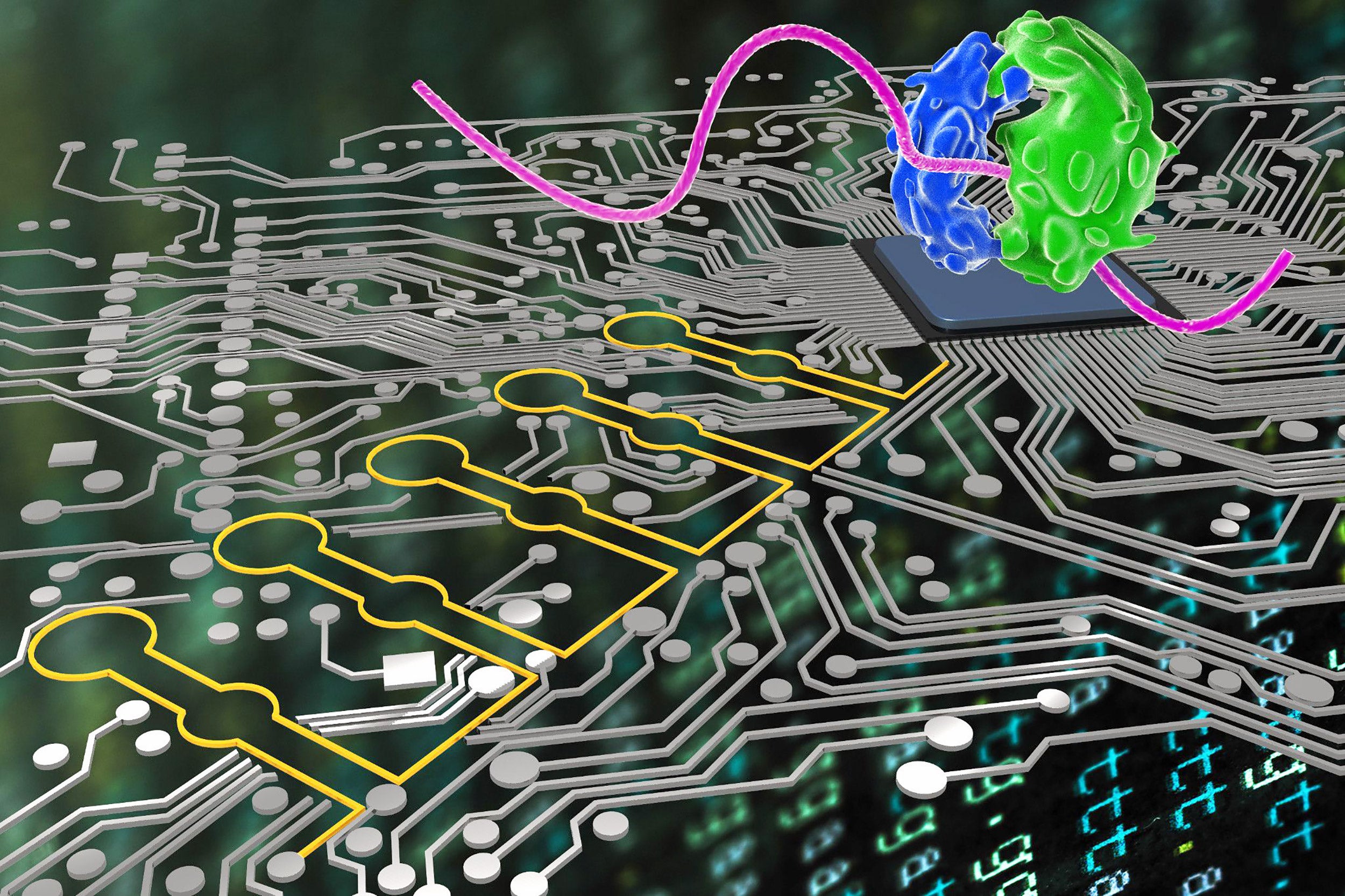Progeria study finds base-editing therapy lengthens lifespan in mice
Several hundred children worldwide live with progeria, a deadly premature aging disease.
Jan. 27, 2021 • ~9 min
How CRISPR technology is advancing
Fewer off-target edits and greater targeting scope bring gene editing technology closer to treating human diseases.
Feb. 14, 2020 • ~7 min
Study likens Earth’s evolution to creation of Frankenstein’s monster
The evolution of the first building blocks on Earth may have been messier than previously thought, likening it to the mishmash creation of Frankenstein’s monster.
Jan. 28, 2020 • ~4 min
Researchers can program a CRISPR enzyme to kill viruses in human cells
Researchers have turned a CRISPR enzyme into an antiviral that can be programmed to detect and destroy RNA-based viruses in human cells.
Oct. 10, 2019 • ~5 min
Inosine could be a potential route to the first RNA, Harvard study says
In a paper published in PNAS, Jack W. Szostak, professor of chemistry and chemical biology at Harvard, along with graduate student Seohyun (Chris) Kim, suggest that RNA could have started with a different set of nucleotide bases. In place of guanine, RNA could have relied on a surrogate, inosine.
Dec. 10, 2018 • ~4 min
Inosine could be a potential route to the first RNA, Harvard study says
In a paper published in PNAS, Jack W. Szostak, professor of chemistry and chemical biology at Harvard, along with graduate student Seohyun (Chris) Kim, suggest that RNA could have started with a different set of nucleotide bases. In place of guanine, RNA could have relied on a surrogate, inosine.
Dec. 10, 2018 • ~4 min
/
1


